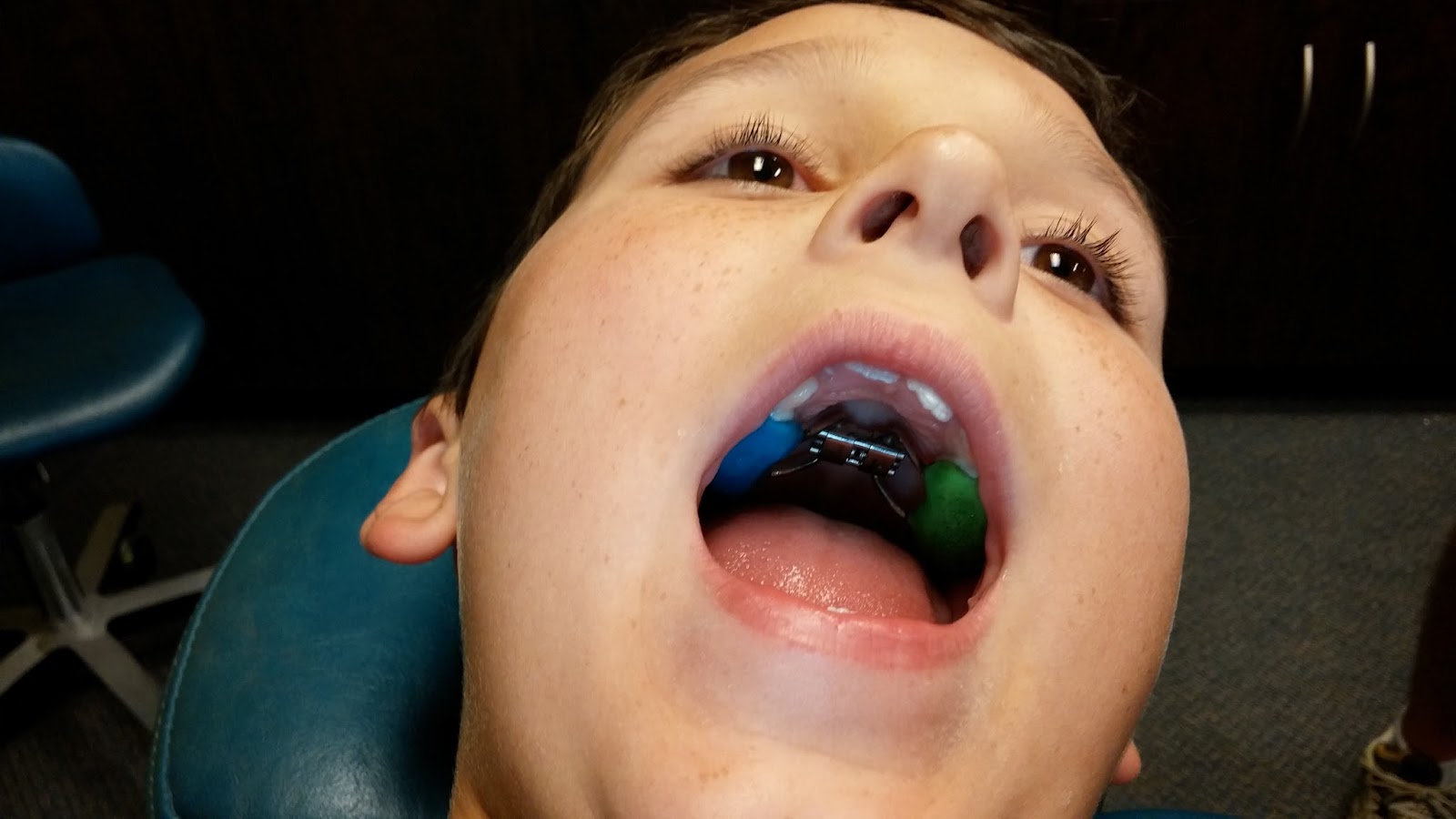You may think of your child’s orthodontist as someone who has the ability to reposition crooked teeth, but did you know that they can also expand an individual’s upper jaw? Through the usage of palatal expanders, orthodontists have the ability to manipulate jaw development in such a way that it establishes a more visually appealing and functional bite.
If your dental professional has mentioned the possibility of palatal expanders for your child, you are likely interested in learning as much as possible. This post will tell you everything you need to know about palatal expanders so that you can make the best decision for your child’s oral care.
A Breakdown of Palatal Expanders
The palatal expander is an appliance that is used to widen the upper jaw and the circumference of the palate (roof of the mouth). This allows the perimeter of an individual’s dental arch to increase, thus allowing for more space for the growth of teeth. In this way, the expander is able to prevent, correct, and reduce the severity of any number of problems that are associated with an upper jaw that may have otherwise been too narrow. Some of these issues may include:
Crossbite — In a normal mouth, the upper teeth close around the outside of the lower teeth. If your child has a narrow palate, though, this may actually be reversed, with the upper teeth biting inside of the teeth beneath. If this problem isn’t corrected in a timely manner, your child could experience asymmetrical growth of the lower jaw, leading to dental complications and the possibility of facial asymmetry. Palatal expanders can be used to correct a crossbite early in a child’s life.
Overcrowding — When your child’s palate is too narrow, it may not have the space to accommodate his or her upper teeth in their correct positions as they erupt through the gum tissue. By expanding the upper jaw through palatal expanders, issues related to overcrowding can be overcome.
Difficulty in Breathing — In many cases, a narrow or deep upper jaw can create difficulties for a child as he or she tries to breathe through their nose. To compensate for this, the child may continuously breathe through the mouth. This can lead to the inhalation of unfiltered bacteria, cause dry mouth, and even be the culprit behind halitosis. Palatal expanders widen and open the palate, making it easier for children to inhale and exhale through the nose.
Timing is Key
When it comes to palatal expanders, time is of the essence. Unlike braces, which are effective at any age, palatal expanders must be utilized before the age of 16 — and preferably by the time a child reaches puberty. The reason for this is that palatal expanders capitalize on anatomical changes to the face that occur during growth. As a child grows, the growth plate that is situated in the center of palatal bone tissue is able to expand. This isn’t possible once puberty has been reached, thus making the expanders only effective during a limited window of time. Beyond the age of 16, most oral professionals will recommend jaw surgery.
Proper Care
It’s essential that your child maintain good dental hygiene practices throughout the process of upper jaw expansion. You will need to make sure that the palatal expander is carefully cleaned each time they brush their teeth with a fluoride toothpaste.
Taking care of your child’s dental health is a top priority. By arming yourself with the facts about palatal expanders, you can improve the quality of his or her life. Feel free to contact Dr. Bruce McArthur, DDS, with any questions or concerns you may have about palatal expanders.

